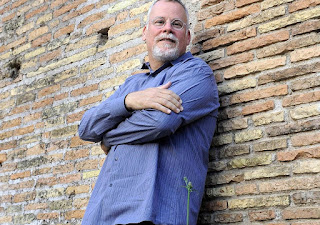"I LOVE PAUL REVERE, WHETHER HE RODE or NOT" by Richard Shenkman

Originally published by HarperPerennial in 1991. Richard Shenkman has written several books that show that many of the commonly-held beliefs about history are not quite true and some are absolutely false. The title comes from a quote from President Warren G. Harding when he was asked about a popular newspaper article that asserted that Paul Revere did not actually make his famous ride. Ironically, Paul Revere only gets two mentions: once on page 10 and the other on page 192. The mention on page 192 is simply the complete quote from Harding that inspired the title of the book. So, if you were thinking this was going to be a book about Paul Revere, you will be disappointed. Instead, Shenkman's book is a reminder that there are always multiple views on history. Anybody that tells you that a certain group all believed a certain thing or they all did something for one reason is simplifying things and losing some of the nuance of how it really happened. The Boston Tea Party





